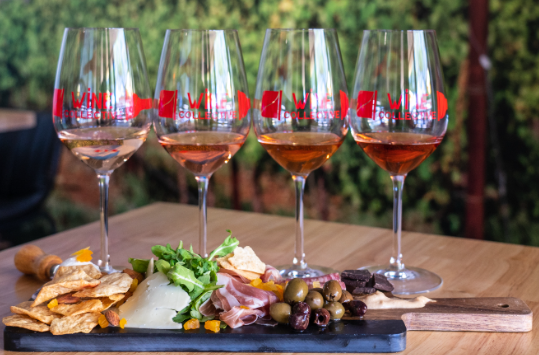Hungary, a country known for its breathtaking landscapes and rich cultural heritage, has quietly been making a name for itself in the world of wine. While it may not be as renowned as its European counterparts like France or Italy, Hungary has carved out a niche for itself, particularly in the realm of red wine. In this article, we will delve into the world of Hungarian red wine, exploring its unique characteristics, traditional winemaking techniques, and innovative approaches that make it stand out on the global stage.
Unveiling the Hungarian Terroir
One of the standout features of Hungarian red wine is its diverse terroir, a term that encapsulates the environmental factors influencing the grapes’ growth and flavors. From the volcanic soil of the Tokaj region to the limestone-rich terrain of Villány, Hungary offers a myriad of microclimates, each contributing its own distinct signature to the wines.
Furthermore, the country’s geographical location, nestled in the heart of Europe, means it enjoys a continental climate with hot summers and cold winters, creating ideal conditions for grape cultivation. As a result, Hungarian red wines often have a unique balance of ripe fruitiness and refreshing acidity, making them exceptionally food-friendly.
The Pioneering Elegance of Bull’s Blood
One of Hungary’s most iconic red wines is Egri Bikavér, or Bull’s Blood, hailing from the Eger wine region. Initially, this wine was named after a legendary event when Hungarian defenders fortified themselves with this robust red elixir during the Turkish siege in the 16th century. Today, Bull’s Blood has evolved into a symbol of Hungarian winemaking prowess.
In contrast, Bull’s Blood is a blend of several grape varieties, including Kadarka, Kékfrankos, and Cabernet Sauvignon, which lend it complexity and depth. On the contrary, its rich, ruby-red hue and notes of dark berries and spices on the palate make it an excellent choice for those seeking a bold and elegant red wine.
Tradition Meets Modernity in Villány
Villány, often referred to as the Bordeaux of Hungary, has gained recognition for producing some of the country’s finest red wines. Firstly, the region’s winemaking history dates back to Roman times, making it one of the oldest wine-producing areas in Hungary. Additionally, its limestone soils and ample sunshine create an ideal environment for cultivating grapes such as Cabernet Franc and Merlot.
Conversely, Villány’s winemakers have not rested on tradition alone. In recent years, they have embraced modern winemaking techniques, including precise temperature control during fermentation and the use of French oak barrels for aging. Moreover, this blend of tradition and innovation has resulted in Villány wines that are both classic and contemporary, with a harmonious balance of fruit, tannins, and oak.
Intriguing Innovations: Kékfrankos
Kékfrankos, also known as Blaufränkisch, is a grape variety that has gained prominence in Hungary’s red wine portfolio. On the one hand, it thrives in the country’s diverse terroirs, adapting to various soil types and climates. On the other hand, it’s known for its vibrant acidity, red berry aromas, and spicy notes.
Furthermore, Hungarian winemakers have been experimenting with Kékfrankos, producing single-varietal wines that highlight its unique characteristics. Additionally, some winemakers have even started crafting sparkling red wines from Kékfrankos grapes, offering a refreshing and novel experience for wine enthusiasts.
Conclusion
Hungarian red wine has come a long way from its historical roots, evolving into a diverse and dynamic category of wines that cater to various tastes and preferences. In conclusion, the country’s winemakers continue to push boundaries, combining traditional techniques with innovative approaches to winemaking. As a result, Hungarian red wine is poised to make a lasting impression on the global wine stage, and it’s a journey worth savoring one glass at a time.




